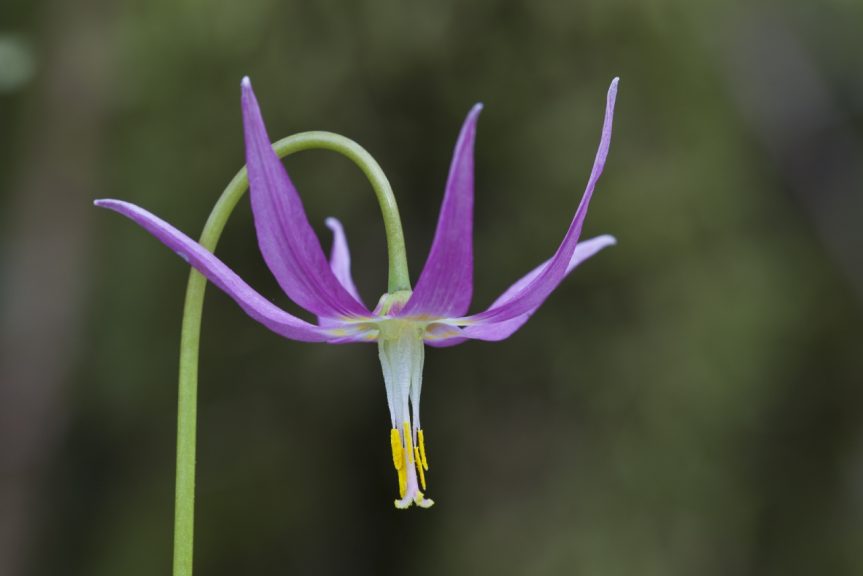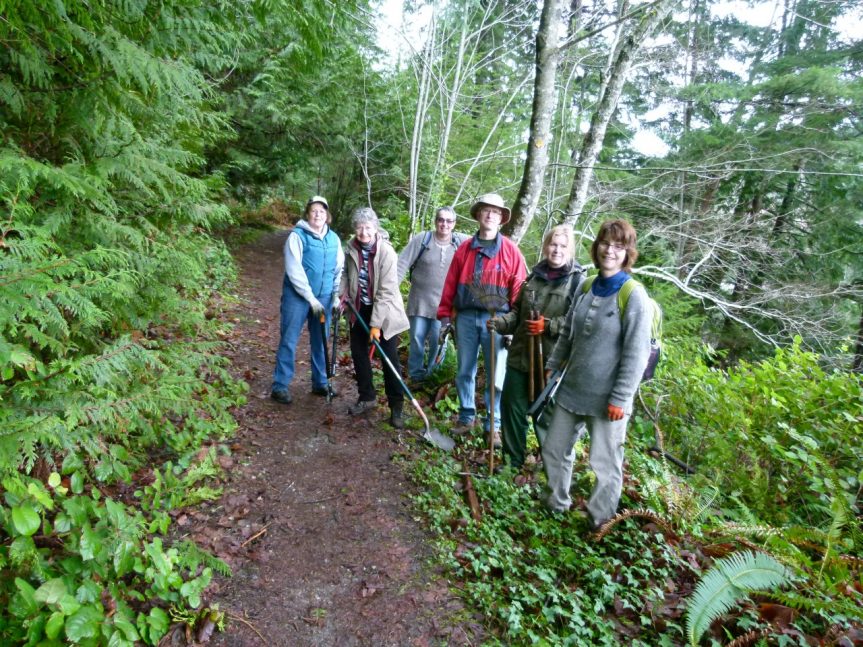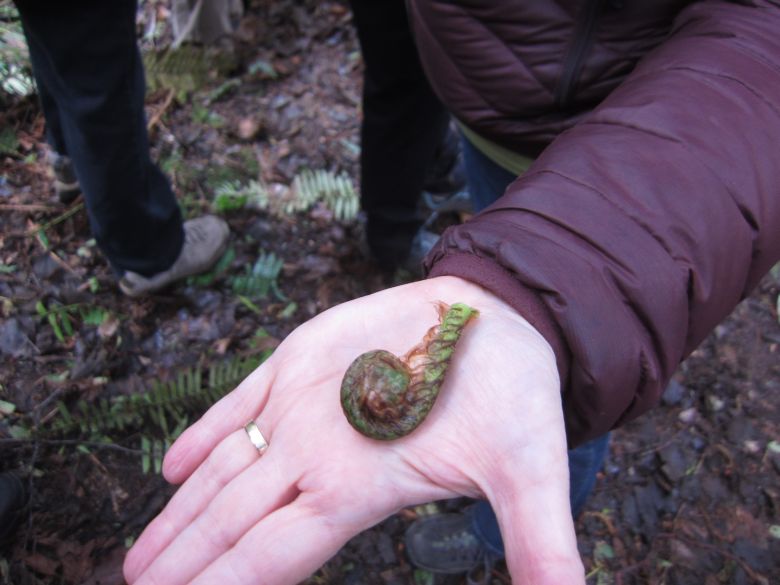Duane Sept – “Wildflowers and edible plants of BC”
by Andrew Bryant, 23 Nov 2017.
Duane came up from Sechelt to talk about wildflowers and other plants – some you can eat, and some you definitately should not!
He’s an accomplished photographer, naturalist and author of an impressive number of natural history guides. These include titles such as Common Wildflowers of BC, Trees of the Northwest, and Tropical Butterflies of the World.
Organized by habitat type – from seashore Phyllospadix to mountaintop Phlox – Duane used his exceptional photographs to take us on a marvellous tour of botanical splendours.
Interspersed among the images were some fascinating tidbits of trivia. Having walked through a patch or two of Devil’s Club (Oplopanax horridus) in my day, I had no idea that bears love the stuff. Dear bears… you can keep it!
I was also unaware that one can make decent beer with stinging nettles (Urtica dioica). Or that First Nations used rhizomes of the common yellow water lily (Nuphar lutea) to treat tuberculosis and sexually-transmitted diseases…
Amazing stuff!





























